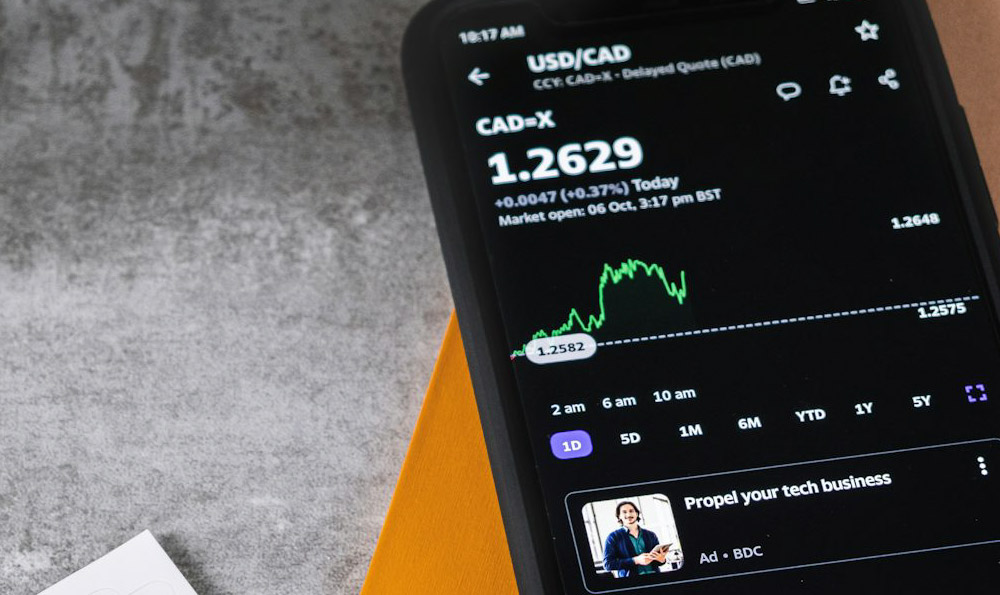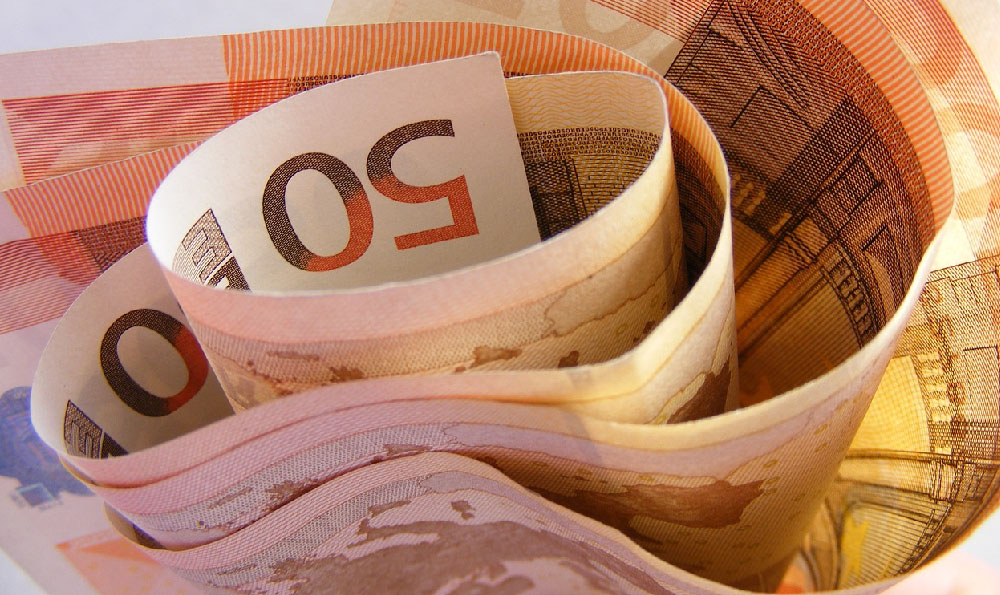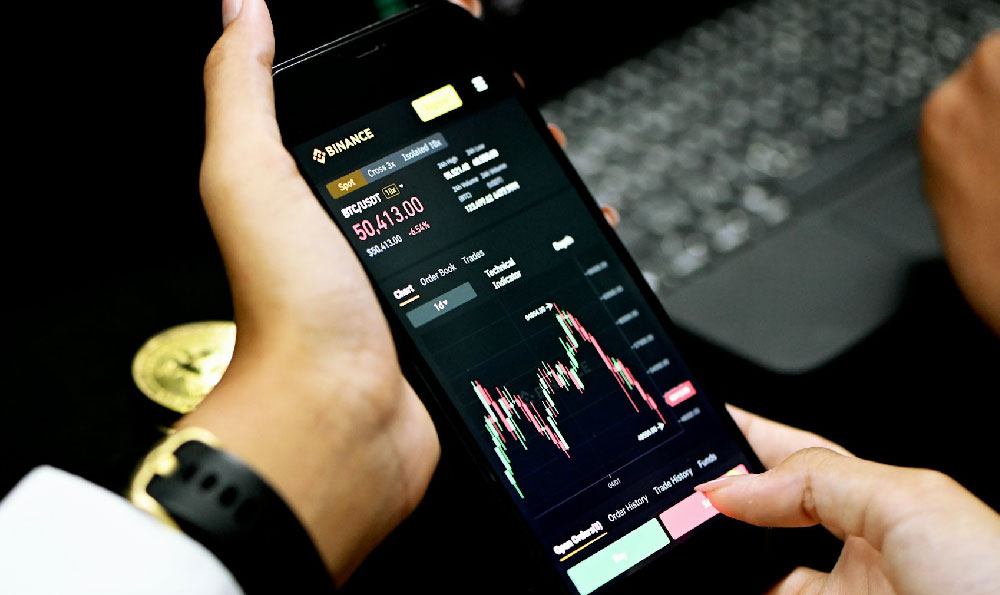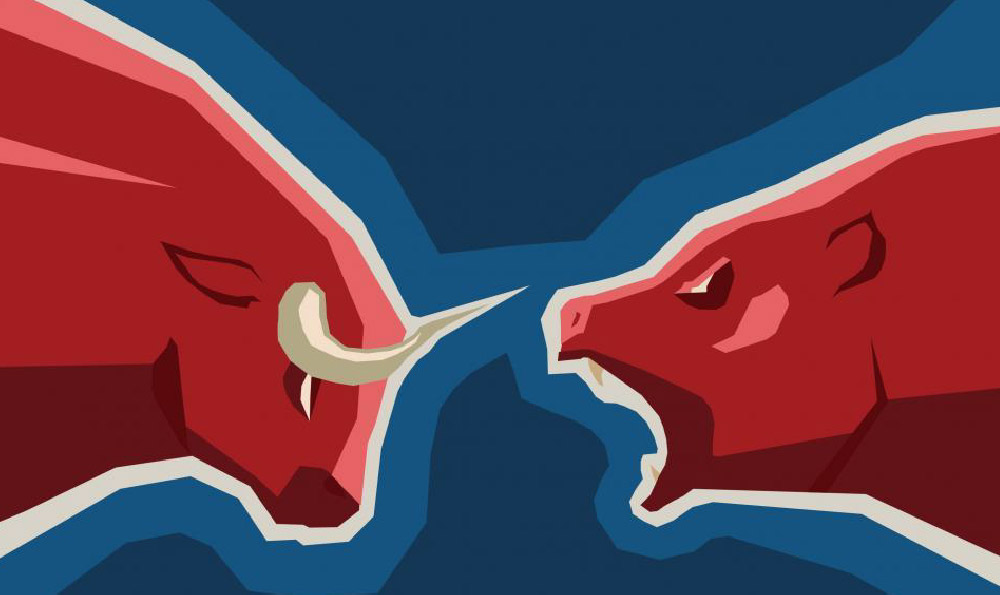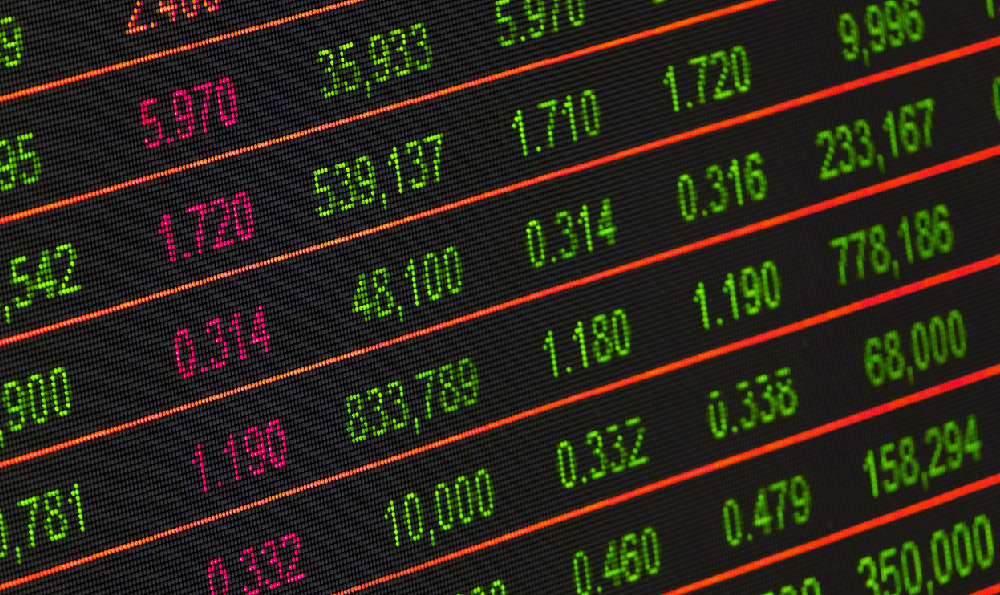Alright, let's delve into the financial windfall surrounding the legendary Mayweather vs. Pacquiao fight, a bout that transcended boxing and became a cultural phenomenon. The numbers involved are truly staggering, and unpacking them requires a careful look at the various revenue streams and the complex negotiations that went into splitting the pie.
The core of the earnings for both Mayweather and Pacquiao stemmed from pay-per-view (PPV) revenue. This fight was a massive PPV success, shattering records and generating hundreds of millions of dollars. The exact number fluctuates depending on the source, accounting for preliminary buys versus final numbers, but it's generally agreed that the PPV buys exceeded 4.6 million, making it one of the highest-grossing PPV events in history. The price per buy was also substantial, contributing significantly to the overall revenue pool.
Negotiating the split of the PPV revenue was a key element of the pre-fight negotiations. Ultimately, Mayweather secured a larger share, reportedly around 60%, while Pacquiao received approximately 40%. This split reflected Mayweather's perceived superior drawing power and his role as the "A-side" of the promotion. It's important to understand that these percentages weren't applied to the gross PPV revenue; rather, they were applied to the net PPV revenue, after deducting the costs associated with production, distribution, and marketing. These expenses were considerable, involving multiple television networks, promotional campaigns, and logistical arrangements.
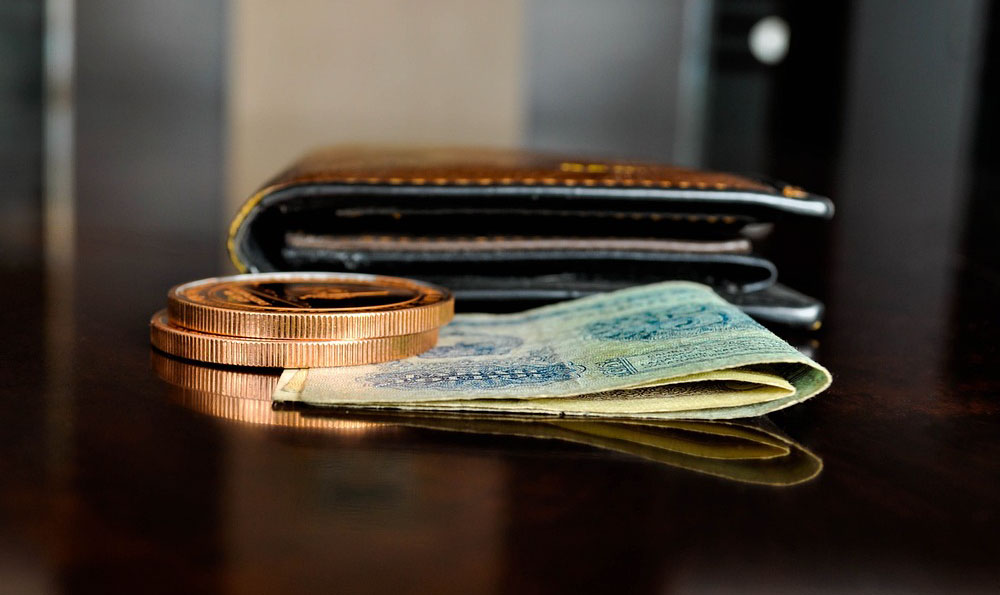
Beyond PPV, significant revenue came from ticket sales. The fight took place at the MGM Grand Garden Arena in Las Vegas, and tickets were highly sought after, commanding exorbitant prices on the secondary market. While the official ticket prices ranged from hundreds to thousands of dollars, many tickets were resold for multiples of their face value, reflecting the immense demand. The revenue from ticket sales, though not as substantial as the PPV revenue, still contributed significantly to the overall financial picture.
Sponsorship deals also played a crucial role in boosting the earnings of both fighters. Major brands flocked to associate themselves with this high-profile event, eager to capitalize on the global attention it generated. These sponsorships involved a variety of activations, including logo placement on ring attire, commercials during the broadcast, and promotional appearances by the fighters. The exact value of these sponsorship deals is difficult to pinpoint precisely, as the terms of these agreements are often confidential. However, it's safe to assume that they contributed millions of dollars to the overall revenue pool.
Merchandise sales also added to the coffers of both Mayweather and Pacquiao. T-shirts, hats, posters, and other commemorative items were sold in large quantities leading up to and during the fight. These merchandise sales provided another stream of revenue, although likely less significant compared to PPV, tickets, and sponsorships.
Now, let's translate these various revenue streams into specific dollar amounts for each fighter. It's estimated that Floyd Mayweather Jr. earned in the neighborhood of $220 to $250 million for the fight. This staggering figure reflects his larger share of the PPV revenue, his significant sponsorship deals, and his status as the lead promoter.
Manny Pacquiao's earnings were also substantial, estimated to be around $150 to $180 million. While less than Mayweather's haul, this amount is still a life-changing sum of money and represents a significant payday for one of the greatest boxers of all time. Pacquiao's earnings were primarily derived from his share of the PPV revenue, along with his own sponsorships and endorsements.
It's important to note that these figures are pre-tax. Both Mayweather and Pacquiao would have been subject to significant taxes on their earnings, both at the federal and state levels (depending on their residency and the location of the fight). In addition, they would have incurred expenses related to training, management, and other associated costs. These expenses could easily run into the millions of dollars, reducing their net earnings.
Furthermore, these earnings represent a snapshot in time. The impact of the Mayweather vs. Pacquiao fight extended far beyond the immediate payday. Both fighters have continued to benefit from the increased brand recognition and marketability that resulted from the fight. They have leveraged their newfound fame and fortune to pursue other business ventures, including endorsements, investments, and promotional activities.
In conclusion, the Mayweather vs. Pacquiao fight was a financial bonanza for both fighters. The staggering earnings were driven by record-breaking PPV sales, significant ticket revenue, lucrative sponsorship deals, and merchandise sales. While the exact figures are subject to some estimation and depend on the specifics of various contractual agreements, it's clear that both Mayweather and Pacquiao walked away with hundreds of millions of dollars, solidifying their legacies as not only boxing legends but also shrewd businessmen. The financial success of this fight serves as a testament to the power of sports entertainment and the immense value that can be generated when two of the world's biggest stars collide. The complexities of the revenue split and the various factors that contributed to the overall financial picture highlight the importance of understanding the business side of professional boxing, a world where skill and strategy are not only crucial in the ring but also in the boardroom.


